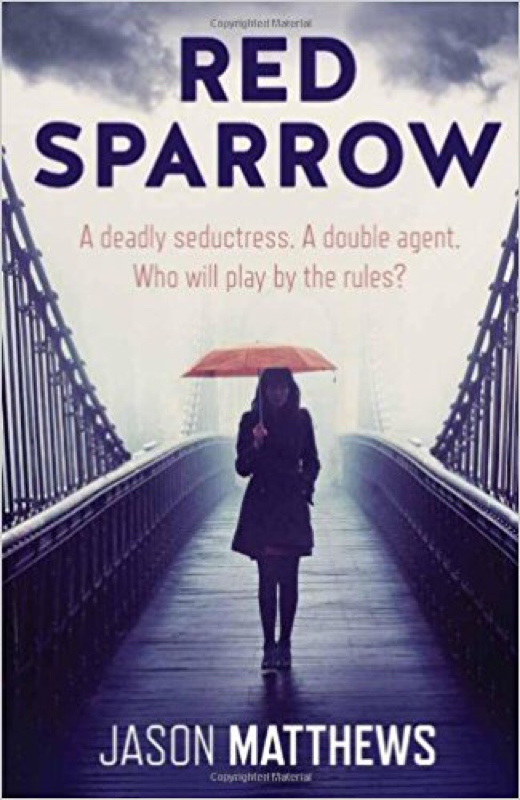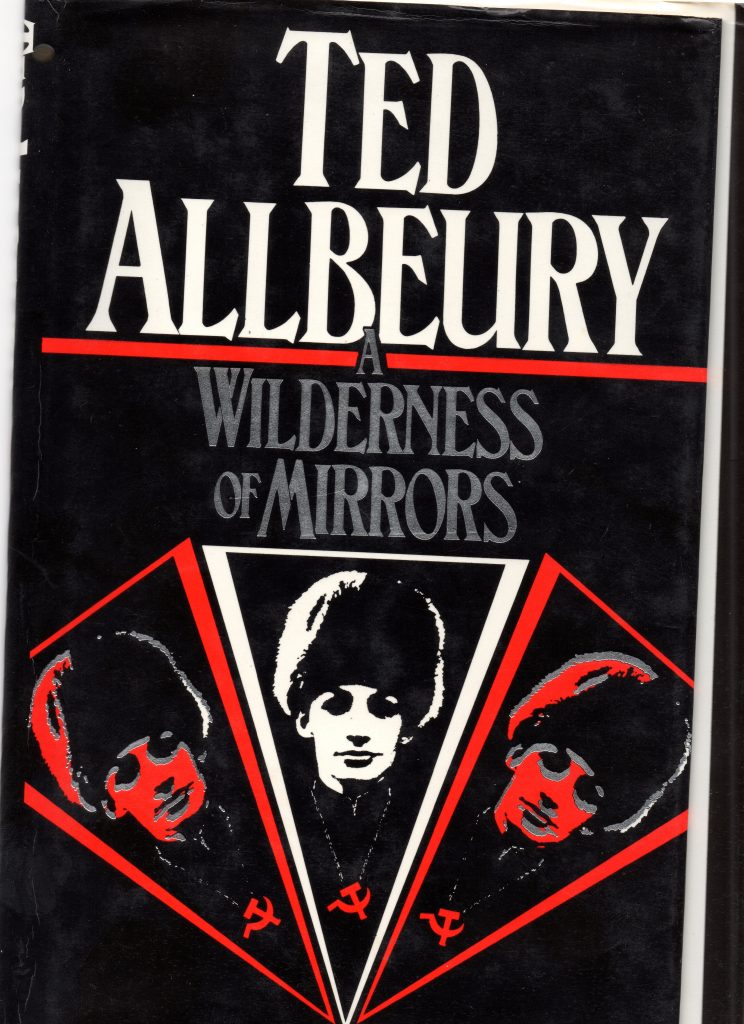Part two of this review is here.

Jason Matthews was a newcomer to the spy fiction genre when Red Sparrow was published in 2013. Within five years, Red Sparrow was the first in the Dominika Egorova trilogy and was a movie starring Jennifer Lawrence, replete with graphic violence and what are best described as ‘scenes of a sexual nature’.
Although I have read the whole trilogy and seen the movie, this review is of the novel as I first read it in 2013.
As with all the reviews on Russiainfiction.com, there are a couple of levels to it —
— What is the book like?
— How does it portray Russia in fiction?
To answer these questions in short, Red Sparrow is a pretty good spy thriller, but its portrayal of Russia seems to be several decades out of date.

Reading Red Sparrow represented another of those strange occurrences when I picked up a book to accompany me on a trip abroad, only to find that it is set in the city where I’m going. Much of Red Sparrow takes place in one of my favourite cities, Helsinki.
Settling down to read Red Sparrow as my plane took off for Helsinki, my first thoughts were that I had stumbled upon a writer ideally suited to my tastes in thrillers.
There is a wonderfully written opening, set in Moscow, that skilfully deploys standard spy thriller themes —moles in the Russian secret service, a clandestine meeting, and a well-composed chase.
I felt at home with the central character, rookie-but-reliably-astute CIA man, Nathaniel Nash. He has the usual career issues of a young officer, dumped on by some useless self-serving senior men, taken under the wings of others.
The second central character is beautiful female Russian spy, Dominika Egorova. She is —for the genre— a well-drawn character, with the complexities of her past set out. There are elements of Alex Dryden’s heroine, Anna Resnikov, in Egorova.
Dominika is not a straight-from-central-casting figure.
For starters, Dominika’s uncle is the senior FSB man tasked with unmasking the mole whom Nash met in the opening scene.
For seconds, Dominika has been trained at the ‘sparrow school’ in the art of spying through the use of sex. A training fairly graphically portrayed here. ‘Sparrow school’ not only still exists in Matthews’ world, but it is straight out of a 1970s caricature.
Journalist David Lewis wrote a book (Sexpionage: the Exploitation of Sex by Soviet Intelligence) back in 1976. Jason Matthews is certainly not the first thriller writer to alight on the theme. Excellent early 1980s thriller The Spike has a similar account of ‘Sparrow School’ to that found in Red Sparrow, only it uses the term ‘Swallows’.
For thirds, Dominika has a ‘gift’ of seeing colours over the heads of people which enable her to judge their moods and intentions. Shades of Joseph Finder’s novel Extraordinary Powers here, where the main character is a CIA man with the ability to read minds.

Or even more so, Ted Allbeury’s A Wilderness of Mirrors, where the young East German Ushi Jaeger is fought over by KGB, CIA, and MI6 – all keen to take advantage of her gift for extrasensory perception. There really is little new left in the world of spy fiction.
So far, so OK. And to stick with the OK, the plot rattles along well, taking the two protagonists to Helsinki where they engage in an ‘is it espionage? is it love?’ pas-de-deux. There are some well drawn scenes, though their realism is not top notch.
And if I am being a stickler for detail, the regular meeting between Dominika and Nathaniel in Helsinki’s famous Yrjönkatu Swimming Hall, opposite the excellent Hotel Torni —check out its roof-top bar should you ever be in Helsinki— is problematic.

This architecturally splendid 1920s Roman baths style pool is renowned not just for its appearance, but also for the fact that there are separate swimming times for men and for women, as bathing costumes are not obligatory. Dominika and Nathaniel wouldn’t have been able to swim together here.
There is a lot to enjoy in Red Sparrow. There is also, particularly from the Russia-in-fiction angle, a fair amount to question —as part two of this review sets out.
Part two of this review is here.